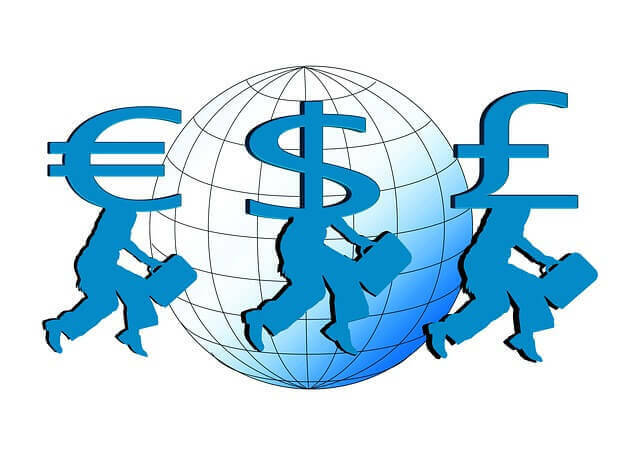Monetary stability means that prices are stable at moderate inflation. The role of the central bank is to determine the size and growth rate of the money supply, which in turn affects interest rates. Monetary policy is maintained through actions such as increasing the interest rate, or changing the amount of money that banks must keep in bank reserves.
In the macro economy money supply represents an essential element for understanding the theory of money and monetary policy among other topics that are of interest. The money supply can be defined as the amount of money that is available in an economy, composed mostly of so-called demand deposits or highly liquid bank deposits and also the cash that is available in the hands of the public. Each nation has a certain amount of money in circulation, that amount is usually decided by the bank issuer, known as the Central Bank, which is also in charge of the monetary policies that direct a country.

Advertisements
Central banks seek to control the money supply, since it together with the demand for money will determine the short-term interest rate. Determining the latter will influence the volume of investment, affecting the equilibrium level of production and consequently the level of employment. When the Central Bank influences interest rates, what it seeks is price and exchange rate stability.
The central bank has the ability to influence the money supply in many ways, but it does not have the ability to determine it at all. This can exercise effective control over the stock of money with high expansive power using open market operations, achieving the sterilization of variations in Mh that come from other sources such as operations in foreign currency and credits through the discount. But the monetary authority exerts a greater influence on the monetary base than on the monetary multiplier, because it cannot directly setting the reserve / deposit ratio and losing even more control over the current / deposit ratio in power public.
Advertisements
Another aspect of interest to the Central Bank are the instruments and objectives of monetary policy. The interest of monetary policy is to promote growth and stability of the economy with low inflation. With this, monetary aggregates and interest rates become intermediate objectives that the authority seeks have under control in order to achieve an influence on the final objectives which are: employment, product and inflation.


